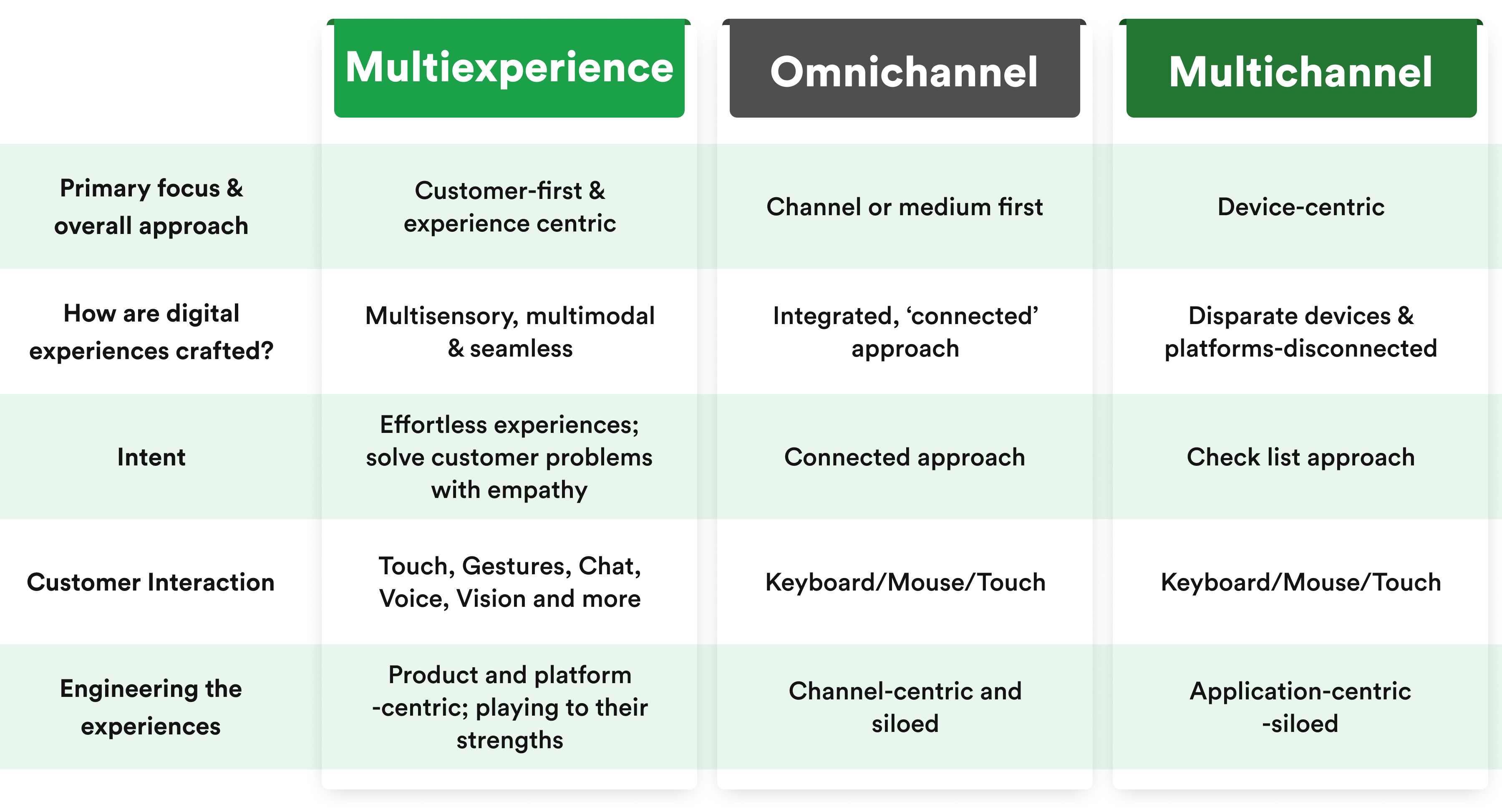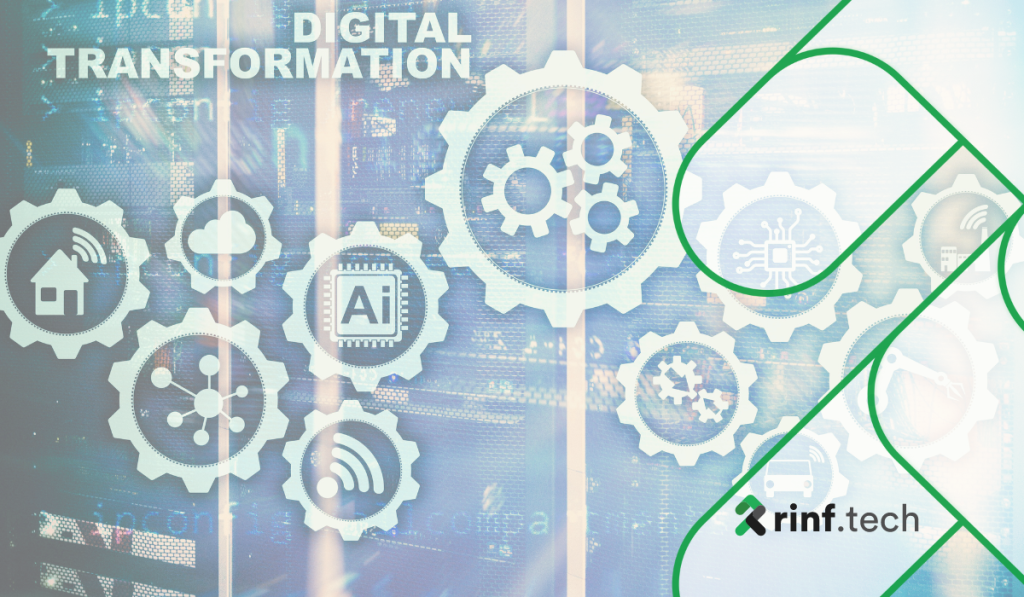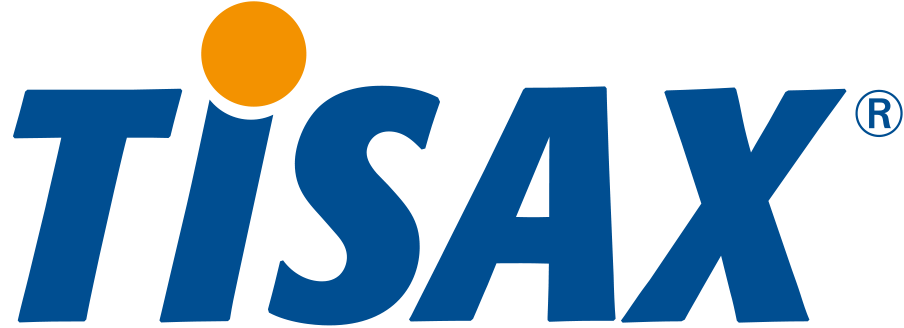1. Streamlined Operations
Since MX is all about interconnected experiences and not just a series of isolated incidents, business operations are likely to be streamlined with its integration. This is because MX results in multiple functions and processes being conducted under the same roof. Operations would likely suffer from various hurdles if these processes were isolated and disjointed.
The obvious benefit for businesses having streamlined operations is that products and services can be designed, developed, and deployed faster, at a higher quality, and more economically. MX is about putting the customer on the throne, and streamlined operations are the foundation of doing so.
2. Heightened Security
Why does MX help businesses have more robust security to protect against cyber threats like hacks and data breaches? It’s because a business’s most valuable digital entities, including components and data of various applications, would be housed by a single system. This makes it easier to surveil, fortify, and remediate in the case of a security incident.
The more fragmented a digital architecture is, the more challenging and thorough cybersecurity becomes. Fragmented architecture may call for third-party apps and other outsourced IT components to support the functioning of a service. These various branches become difficult for IT teams and cybersecurity tools to guard against malicious attackers. MX solves that problem.
3. Agility in Innovation
Since all operations would be managed out of a single control panel, MX empowers businesses to become bolder with their innovations. New offerings can be integrated into various applications across platforms from a single console. Therefore, innovation teams can trial and test faster. The gap between the design and deployment of innovations will narrow.
Digital transformation is all about keeping up with the pace of today’s ultra-competitive landscape. AI-driven automation gives certain businesses a substantial competitive advantage gap that is difficult to catch up with beyond a certain point. MX adoption can help give businesses that competitive boost. The faster a company can innovate, the faster it can succeed.
4. Futureproofing: Unlocking Extended Reality (XR)
The exact nature of the adoption of XR technologies like virtual reality (VR), augmented reality (AR), and mixed reality (MR) is uncertain. Different experts have their own theories on how that particular technology will unravel. What is certain, though, is that XR technologies will play a significant role in digital businesses. MX can help enterprises to set themselves up for an XR future.
MX already creates interconnected experiences on nontraditional devices other than phones and computers. That will simply extend into XR hardware like VR headsets, AR/MR devices, and smart glasses. This hardware is becoming increasingly affordable to some segments. MX allows businesses to future-proof themselves and be ready for XR touchpoints of the future.
5. Increased Customer Retention and Acquisition
It can’t be overstated that MX begins and ends with the customer. The inherent emphasis that MX puts on a customer’s needs gives businesses all the green flags to retain more significant segments of their customers. MX allows businesses to evolve as fast, if not quicker, than the speed of modern trends and technologies. Therefore, with MX, businesses can be one step ahead of customers.
Combining the above points, including streamlined operations, better security, agile innovations, and readiness for future devices, also helps businesses with customer acquisition. MX is so versatile that a company can go beyond its typical customer base to explore new markets and segments and add new chapters to its story.







